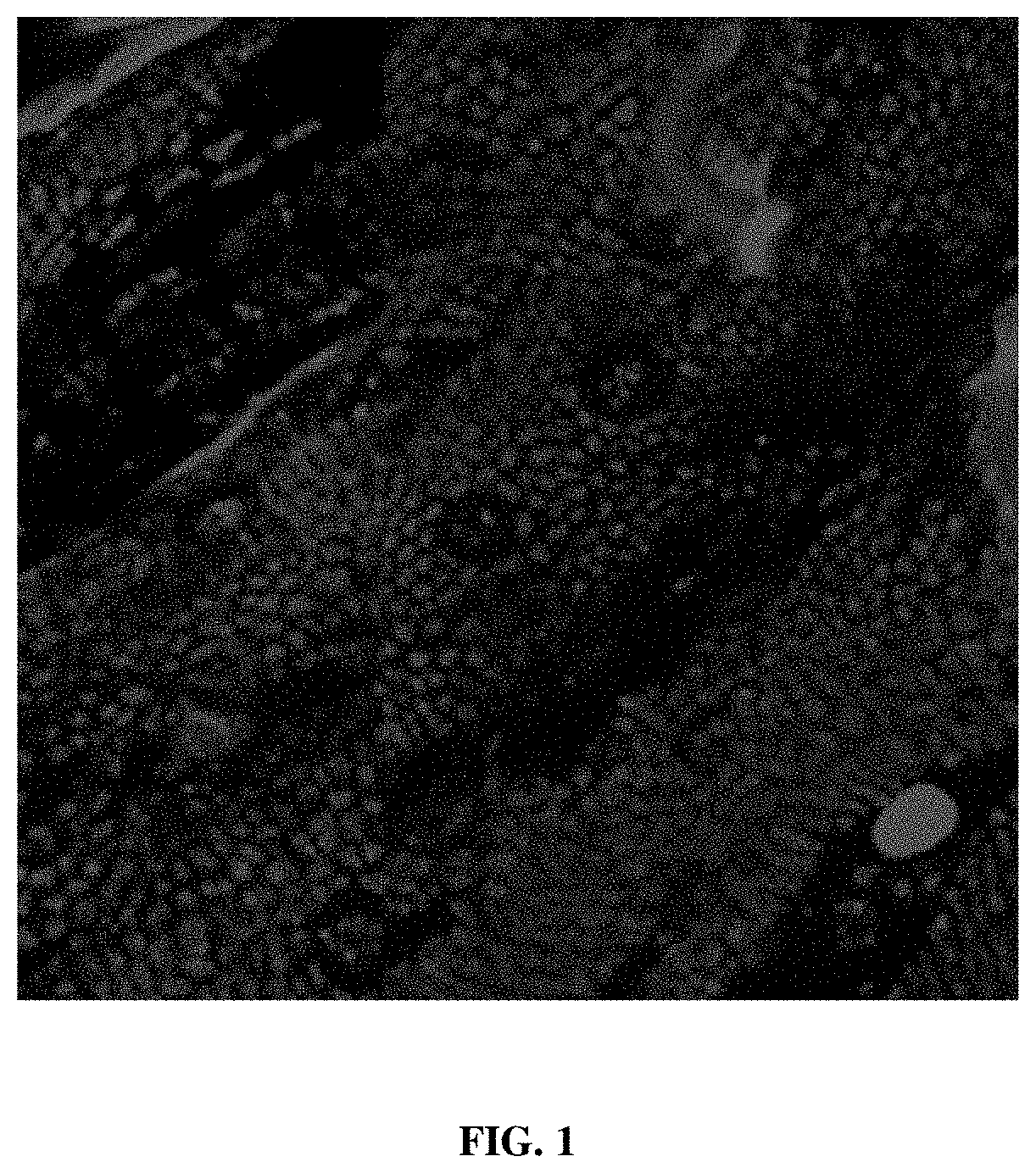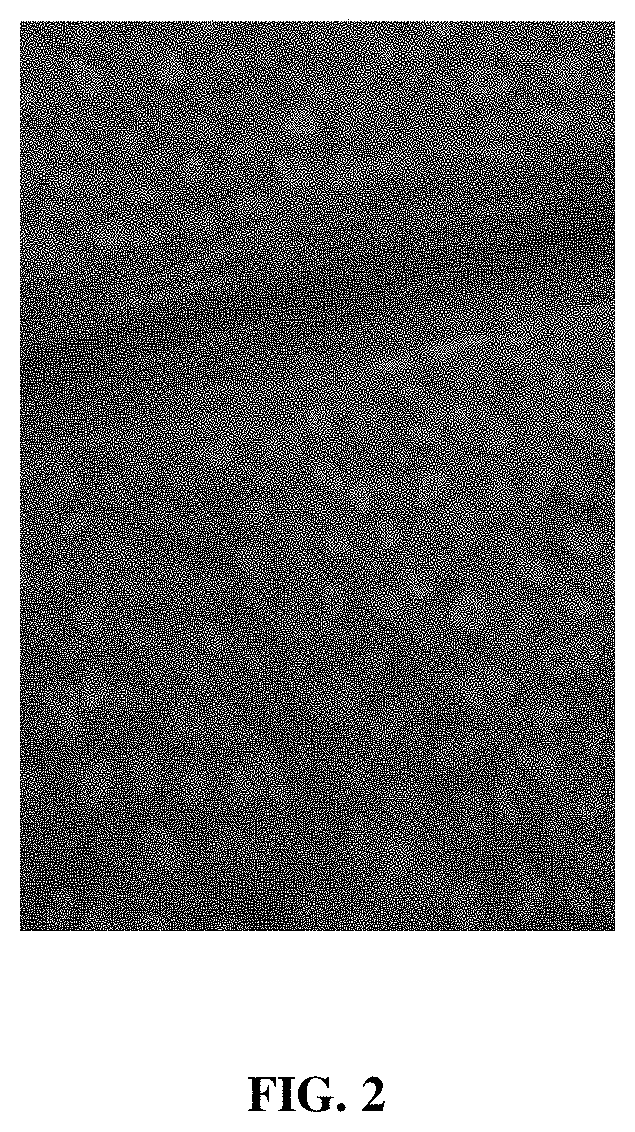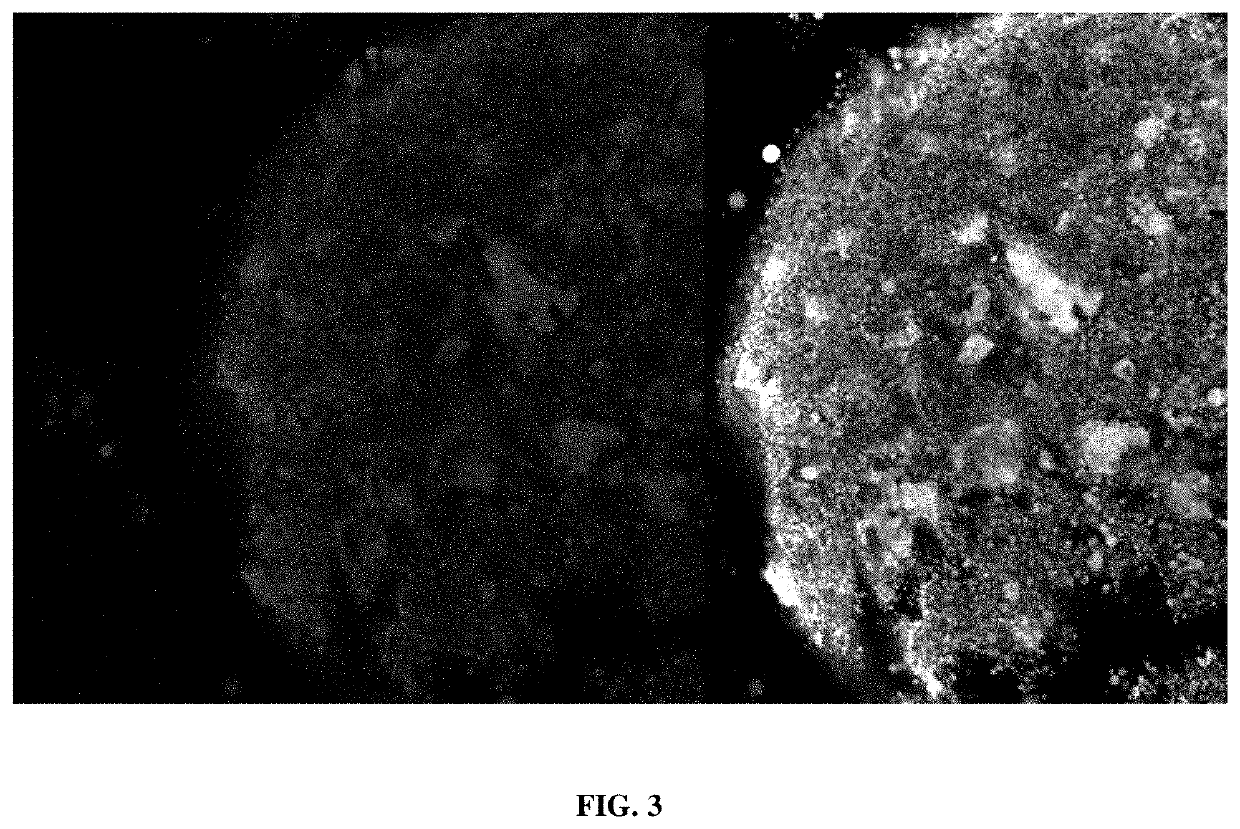Targeted control of pests and pathogens by plant delivery of 2'f-ana-oligonucleotides
a technology of anaoligonucleotides and plant delivery, which is applied in the field of targeted control of pests and pathogens by plant delivery of 2f -, can solve the problems of increased mortality and detriment
- Summary
- Abstract
- Description
- Claims
- Application Information
AI Technical Summary
Benefits of technology
Problems solved by technology
Method used
Image
Examples
example 1
[0091]Production of F-ASO Molecules
[0092]All F-ASOs reported herein (SEQ ID NOs: 1-70 were produced utilizing an adjusted version of previously reported methods (Wilds & Dahma, Nucl. Acids Res., (2000) 28:3625-35). All of the F-ASOs reported herein were synthesized as 21-mers having, from 5′-3′, six 2′-deoxy-2′-fluoroarabinonucleotides (2′F-ANA), nine 2′-deoxyribonucleotides, and six 2′-deoxy-2′-fluoroarabinonucleotides (Table 2, Formula 6).
example 2
[0093]Delivery of F-ASO to plant tissues and to feeding insects via plant tissues
[0094]Delivery of F-ASO to Plant Tissues (Cuttings)
[0095]Citrus cuttings were obtained and prepared as previously described (Andrade & Hunter (II), supra)). In brief, the new growth shoots from citrus trees (sweet orange, sour orange, grapefruit, and Carrizo, a rootstock variety), ornamentals (Murraya paniculata, periwinkle), and vegetables / herbs (okra, basil, sunflowers, grapevines) were cut and washed in 0.2% hypochlorate solution, 10 min, then twice with deionized water, 10 min, each time. The cuttings had all but the most apical leaves removed (3 leaves, or leaflets), and the stem or petiole end was cut while held underwater at approx. 45 degrees with a new, clean razor. The cutting was then placed into a vial, 1.5 mL or 2.0 mL which held a range of treatment solutions from 10 nMoles to 50 nMoles, (0.18 μg / μL to 1.5 μg / μL) of SC-ASO-1 (SEQ ID NO:1) in solution. The ASO solution was absorbed into the...
example 3
[0114]F-ASO Binding Affinity Bioassay (In Vitro)
[0115]Individual F-ASO molecules were evaluated for binding affinity in vitro using either nucleic acid extractions from psyllids reared on CLas-infected citrus, or reared on non-infected citrus of the same plant variety (Madam vinous). The psyllid stock sample was prepared using 50 adult psyllids which had been reared from eggs on CLas-infected citrus seedlings in culture (Insectary, USDA, ARS, Fort Pierce, Fla.). Total RNA was extracted using a RNA kit (Qiagen) then amplified, gel purified, and used as a template to produce mRNA transcript (bacterial transcripts in this example, psyllid transcripts produced similarly).
[0116]Analysis using qPCR determined concentration CT values (delta-delta CT, software) detecting bacterial transcripts from extracts from CLas-infected citrus plants, or from CLas-infected psyllids reared on infected citrus plants. Non-exposed citrus or psyllids were used as controls. Individual F-ASOs targeting CLas D...
PUM
| Property | Measurement | Unit |
|---|---|---|
| time | aaaaa | aaaaa |
| pH | aaaaa | aaaaa |
| volume | aaaaa | aaaaa |
Abstract
Description
Claims
Application Information
 Login to View More
Login to View More - R&D
- Intellectual Property
- Life Sciences
- Materials
- Tech Scout
- Unparalleled Data Quality
- Higher Quality Content
- 60% Fewer Hallucinations
Browse by: Latest US Patents, China's latest patents, Technical Efficacy Thesaurus, Application Domain, Technology Topic, Popular Technical Reports.
© 2025 PatSnap. All rights reserved.Legal|Privacy policy|Modern Slavery Act Transparency Statement|Sitemap|About US| Contact US: help@patsnap.com



